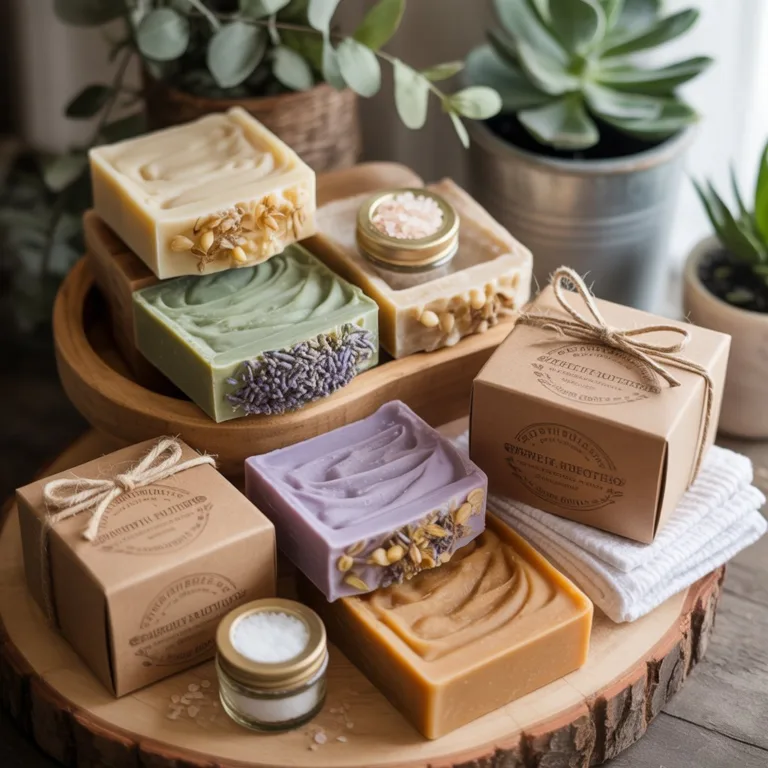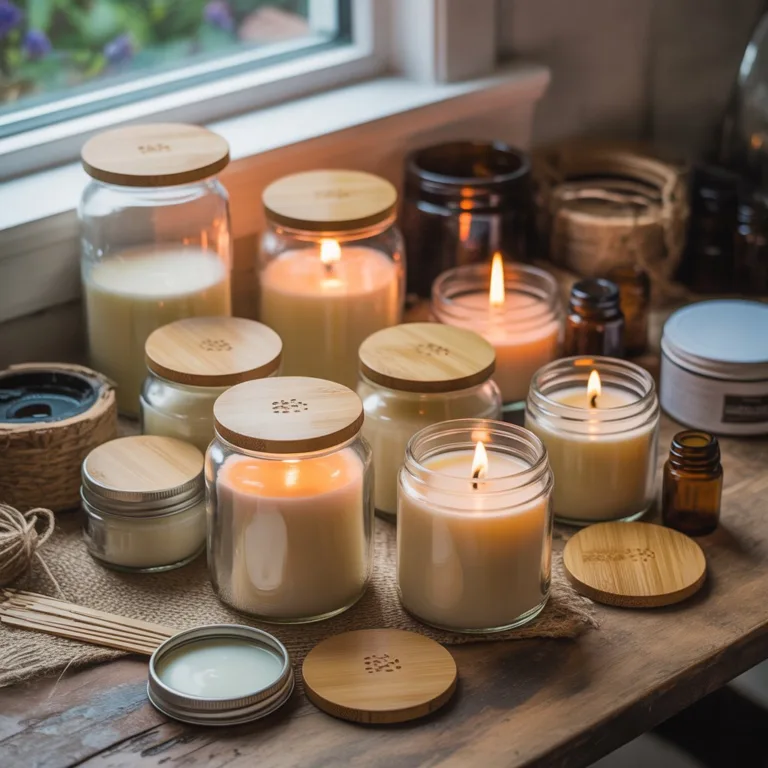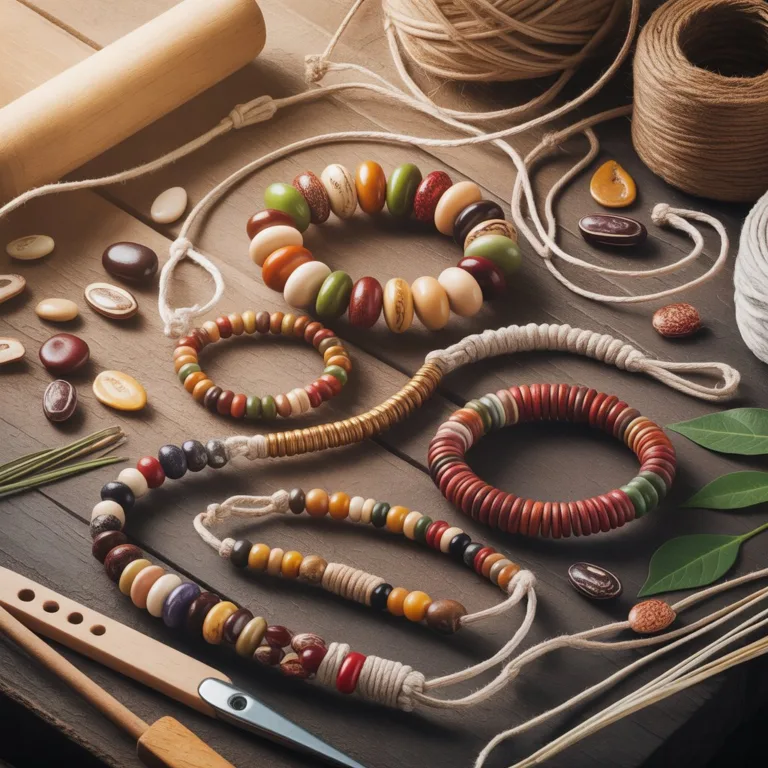In a world where packaging often becomes waste, creating your own eco gift boxes from cardboard and natural leaves offers both beauty and purpose. It’s a project that blends creativity, sustainability, and mindfulness, transforming everyday discarded materials into meaningful, handcrafted pieces. These boxes not only add charm to your gifts but also tell a story of conscious living and appreciation for nature.
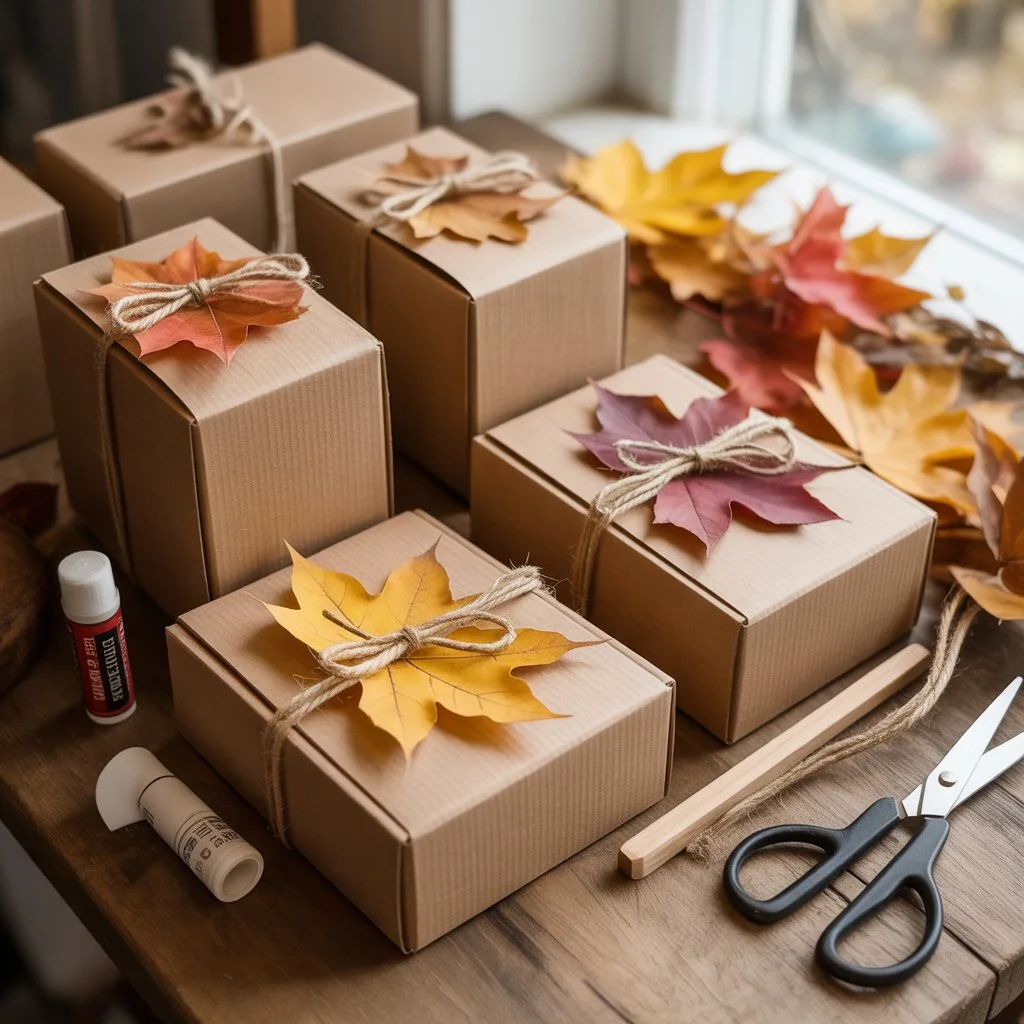
The Beauty of Sustainable Gift Wrapping
Traditional wrapping paper, glossy ribbons, and plastic-coated boxes contribute to a large amount of landfill waste every year. By making eco gift boxes from cardboard and leaves, you replace those disposable materials with biodegradable, upcycled alternatives. The result is something far more personal — a box that feels crafted with care rather than manufactured in bulk.
Sustainable gift wrapping doesn’t just look unique; it carries an environmental message. It invites the receiver to pause and appreciate the thoughtfulness behind the gift. Whether it’s a birthday, holiday, or special occasion, your eco gift box becomes part of the story itself.
Choosing the Right Cardboard
Before you begin creating, it’s important to select the right type of cardboard. Not all cardboard is created equal, and different textures can change how your final box looks and feels.
- Corrugated Cardboard (from delivery boxes): sturdy and ideal for larger gift boxes.
- Cereal Box or Thin Cardboard: smooth and flexible, suitable for smaller items or inner compartments.
- Recycled Craft Paperboard: often used in art supplies or packaging; smooth and easy to paint or stamp.
Avoid cardboard with plastic coatings or heavy ink printing, as these reduce recyclability and may peel over time.
Preparing the Cardboard
To give your gift box a clean, professional appearance, you’ll want to prepare the cardboard before shaping it.
- Flatten and Clean: Remove tape, labels, or staples. Wipe gently with a slightly damp cloth if dusty.
- Cut with Precision: Use a ruler and craft knife to ensure straight, even edges.
- Smooth the Surface: Lightly sand rough areas with fine-grit sandpaper to help paint or glue adhere better.
A well-prepared surface makes all the difference in the final presentation.
Designing the Structure
When designing your eco gift box, think beyond simple cubes. Cardboard allows flexibility to create different shapes — round, hexagonal, or even envelope-style boxes.
Sketch a simple plan before cutting. Consider:
- Size: What will the box hold?
- Lid Style: Should it flip open, slide, or tie closed?
- Strength: Does it need reinforcement with extra layers of cardboard?
For most designs, a single sheet of cardboard can be folded to form a box with tabs for gluing or tying. Using templates from online sources can help if you’re new to box-making, though experimenting is often the best teacher.
Decorating with Natural Leaves
Adding leaves gives your eco gift boxes a natural, earthy finish. You can use fresh leaves for a lively, organic look or dried and pressed leaves for a delicate, artistic touch.
Collecting and Preparing Leaves
- Choose sturdy varieties like magnolia, ivy, eucalyptus, or banana leaves — these retain their shape and color well.
- Clean them gently with a damp cloth to remove dirt or insects.
- Dry or press them, depending on the effect you want. To press leaves, place them between parchment paper inside a heavy book for about a week.
Once ready, you can glue the leaves directly onto the cardboard or use them as stencils for printing patterns.
Decorating Techniques
- Leaf Printing: Coat the back of a leaf with natural paint or ink, press it onto the cardboard, and gently lift to reveal the pattern.
- Leaf Overlay: Glue entire leaves onto the box for a layered texture.
- Natural Dye Wash: Brush on light natural dyes (from beetroot, turmeric, or spinach) for subtle coloring before applying the leaves.
- Eco Collage: Combine leaves with pressed flowers, twigs, or small seeds for intricate detail.
Binding Without Plastic
Avoid synthetic adhesives and tapes by using natural or biodegradable alternatives.
- Rice Paste Glue: Mix rice flour with warm water until thick and sticky — ideal for light bonding.
- Flour Glue: Combine flour and water in equal parts, heat gently, and stir until smooth.
- Plant-Based Adhesives: These are available in eco-friendly craft stores for more durable projects.
For closures, consider using jute twine, raffia, or natural cotton string instead of plastic ribbons. These materials reinforce the eco-friendly aesthetic while remaining compostable.
Adding Structure with Recycled Elements
You can reinforce your eco gift boxes with materials that would otherwise go to waste:
- Paper Tubes: Use inner cores from paper towels for cylindrical boxes.
- Fabric Scraps: Line the interior for softness and added elegance.
- Old Maps or Book Pages: Use as decorative wrapping or inner layers for a vintage look.
Combining recycled textures adds charm and prevents uniformity — each box becomes a one-of-a-kind creation.
Coloring with Natural Dyes
Instead of synthetic paints, use natural colorants made from plants, fruits, and minerals. These are safe for you and the environment.
Common natural dyes:
- Turmeric: Bright yellow
- Beetroot: Soft pink to deep red
- Spinach or Kale: Light green
- Charcoal Powder: Grey or black tones
- Coffee or Tea: Warm browns
You can paint directly with a brush or dip sections of cardboard for a marbled effect. Applying a coat of eco wax (like beeswax or soy wax) afterward adds a subtle sheen and water resistance.
Making Gift Boxes with Children or Students
This project can also become an excellent educational activity for children. It teaches them about sustainability, recycling, and creativity while developing fine motor skills.
To adapt for classroom or family use:
- Simplify the box design.
- Focus on the artistic side — coloring, decorating, or gluing leaves.
- Encourage discussions about waste and eco-friendly habits.
Creating eco gift boxes helps children connect creativity with environmental awareness, building habits that last a lifetime.
Personalizing for Special Occasions
Eco gift boxes can be customized for any occasion:
- Birthdays: Paint bright patterns or leaf imprints.
- Weddings: Use delicate white or silver-toned leaves for a romantic touch.
- Holidays: Combine evergreen leaves and cinnamon sticks for festive scents.
You can also write or stamp small messages directly on the box, making the gift even more meaningful.
Packaging That Gives Back
When you make and give eco gift boxes, you contribute to a cycle of sustainability. The recipient can reuse or recycle the box, turning a single creation into an ongoing eco-friendly gesture.
Encouraging others to make their own versions helps spread awareness about reducing waste through creativity. In schools, workshops, or online tutorials, the idea of transforming discarded materials into art becomes both inspiring and practical.
Elevating Presentation with Natural Accents
Small additions can transform a simple eco box into a stunning work of art.
- Wrap with twine and tuck in a sprig of rosemary or lavender.
- Add handmade paper tags or labels.
- Use seed paper for notes — recipients can plant them later.
The result is a beautiful, biodegradable, and aromatic gift presentation that aligns with zero-waste values.
A Mindful Craft
Making eco gift boxes from cardboard and leaves isn’t just about recycling — it’s an act of mindfulness. The process slows you down, inviting you to appreciate textures, colors, and natural forms. It encourages observation, patience, and creativity.
In an era of fast consumption, these small handmade creations remind us that sustainability can be deeply personal and artistic. The time spent crafting is as meaningful as the gift itself.
Whether you use these boxes for holidays, birthdays, or everyday gifts, each one represents an intention — to give thoughtfully, to create beautifully, and to live responsibly.
This practice transforms waste into art, reconnecting us with nature’s rhythm and inspiring a lifestyle rooted in creativity and care.
It’s more than a craft — it’s a quiet statement that sustainability can be as elegant as it is essential.

Lucas Hartman is a DIY enthusiast and sustainability advocate focused on natural crafts and eco-friendly home décor. With a background in arts and design, Lucas creates tutorials that help families and hobbyists transform everyday recycled or organic materials into beautiful, functional projects.
